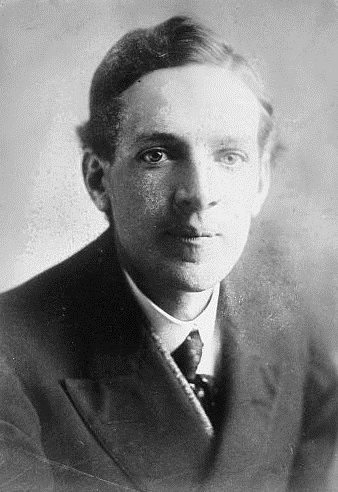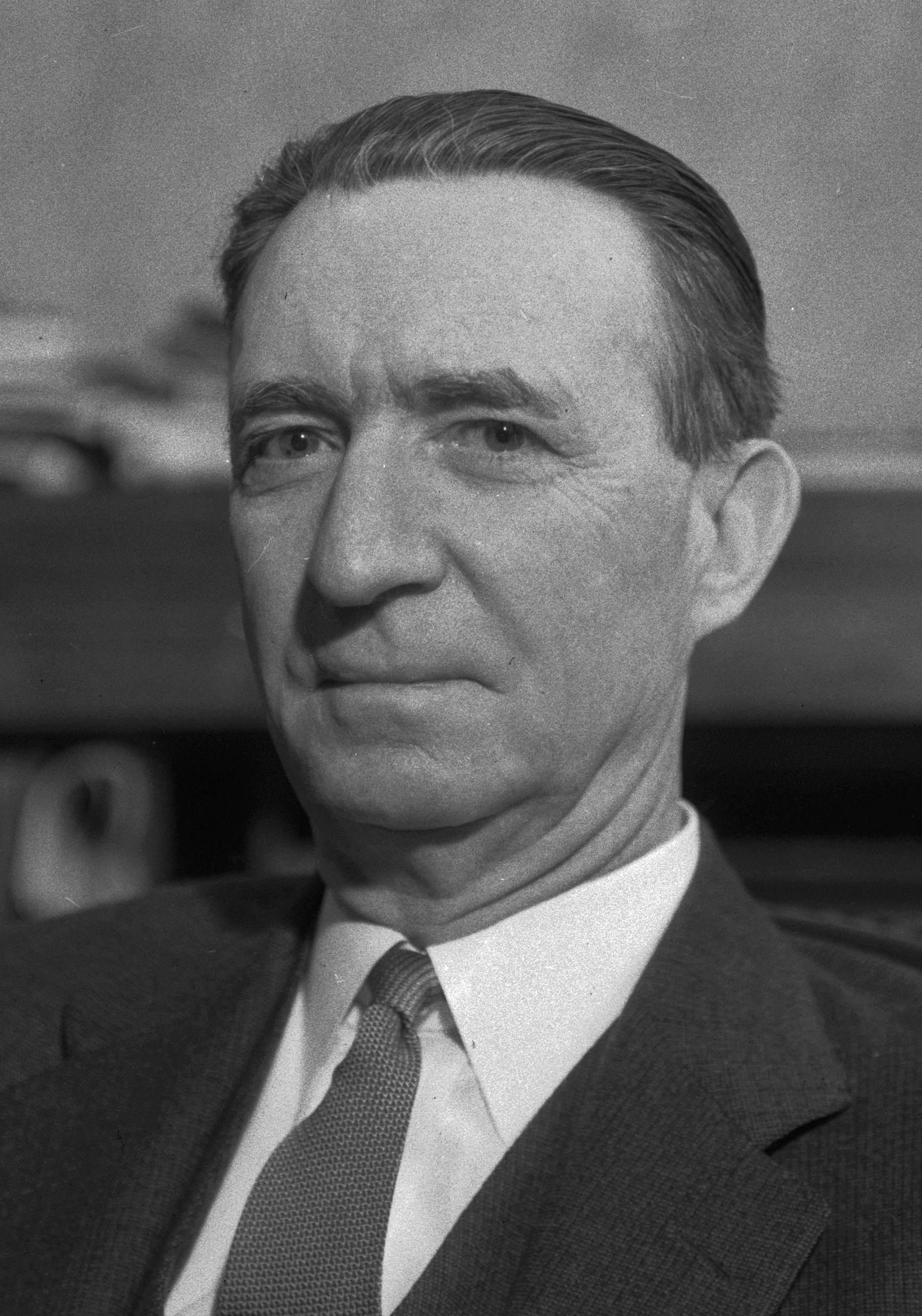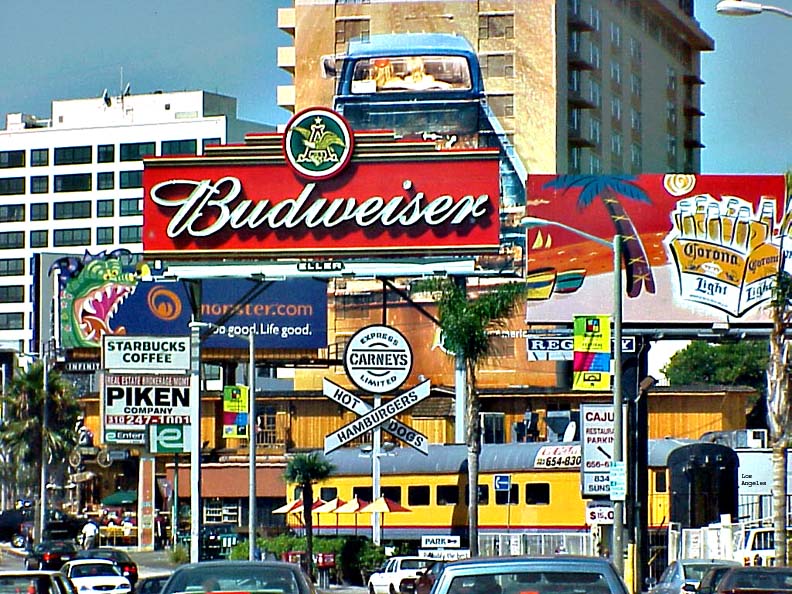|
A. J. Barnes
A. J. Barnes was the first person to represent the 12th district of the Los Angeles City Council under the new charter in 1925. He served until 1927. Barnes, a contractor and real-estate man who had lived in Los Angeles since 1904, was elected to the City Council in 1925, but failed in a re-election bid in 1927, when he lost the primary election to Douglas Eads Foster and Clarence W. Horn by just seven votes, determined only after a recount was held. Barnes was known as a supporter of Mayor George E. Cryer, and he was endorsed by organized labor. The 12th District at that time was bounded by Main Street, Sunset Boulevard, Temple Street, Fountain Avenue and Hoover Street. Barnes ran unsuccessfully for the Los Angeles County Board of Supervisors two times. After his City Council service, he became a field secretary for Supervisor J. Don Mahaffey. In 1932 he was active in a protest movement against a proposal to give the University of Southern California preferential rights ... [...More Info...] [...Related Items...] OR: [Wikipedia] [Google] [Baidu] |
Los Angeles City Council
The Los Angeles City Council is the legislative body of the Los Angeles, City of Los Angeles in California. The council is composed of 15 members elected from single-member districts for four-year terms. The President of the Los Angeles City Council, president of the council and the president pro tempore are chosen by the council at the first regular meeting of the term (after June 30 in odd-numbered years until 2017 and the second Monday of December in even-numbered years beginning in 2020). An assistant president pro tempore is appointed by the President. As of 2020, council members receive an annual salary of $207,000 per year, which is among the highest city council salary in the nation. Regular council meetings are held in the Los Angeles City Hall, City Hall on Tuesdays, Wednesdays and Fridays at 10 am except on holidays or if decided by special resolution. Current members Officers: *President of the Los Angeles City Council, President of the Council: Paul Krekorian (since ... [...More Info...] [...Related Items...] OR: [Wikipedia] [Google] [Baidu] |
Los Angeles County Board Of Supervisors
The Los Angeles County Board of Supervisors (LACBOS) is the five-member governing body of Los Angeles County, California, United States. History On April 1, 1850 the citizens of Los Angeles elected a three-man Court of Sessions as their first governing body. A total of 377 votes were cast in this election. In 1852, the Legislature dissolved the Court of Sessions and created a five-member Board of Supervisors. In 1913 the citizens of Los Angeles County approved a charter recommended by a board of freeholders which gave the County greater freedom to govern itself within the framework of state law. As the population expanded throughout the twentieth century, Los Angeles County did not subdivide into separate counties or increase the number of supervisors as its population soared. Today, each supervisor represents more than two million people. As a consequence, individual Supervisors often had a substantial influence over the governance of the county, and the group was collectively ... [...More Info...] [...Related Items...] OR: [Wikipedia] [Google] [Baidu] |
State Board Of Equalization (California)
The California State Board of Equalization (BOE) is a public agency charged with tax administration and fee collection in the state of California in the United States. The authorities of the Board fall into four broad areas: sales and use taxes, property taxes, special taxes, and acting as an appellate body for franchise and income tax appeals (these taxes are collected by the Franchise Tax Board).State Board of EqualizationAbout BOE/ref> The BOE is the only publicly elected tax commission in the United States.State Board of Equalization/ref> It is made up of four directly elected members, each representing a district for four-year terms, along with the State Controller, who is elected on a statewide basis, serving as the fifth member. In June 2017, Governor Jerry Brown signed legislation stripping the Board of many of its powers, returning the agency to its original core responsibilities (originating in the State Constitution in 1879). History The State Board of Equalizatio ... [...More Info...] [...Related Items...] OR: [Wikipedia] [Google] [Baidu] |
End Poverty In California
End Poverty in California (EPIC) was a political campaign started in 1934 by socialist writer Upton Sinclair (best known as author of ''The Jungle''). The movement formed the basis for Sinclair's campaign for Governor of California in 1934. The plan called for a massive public works program, sweeping tax reform, and guaranteed pensions. It gained major popular support, with thousands joining End Poverty Leagues across the state. EPIC never came to fruition due to Sinclair's defeat in the 1934 election, but is seen as an influence on New Deal programs enacted by President Franklin D. Roosevelt. Plan Sinclair laid out his vision for EPIC in his 1933 book ''I, Governor of California, and How I ended Poverty: A True Story of the Future''. Specifically, the plan called for state seizure of idle factories and farm land where the owner had failed to pay property taxes. The government would then hire the unemployed to work on the farms and at the factories. The farms would then operate a ... [...More Info...] [...Related Items...] OR: [Wikipedia] [Google] [Baidu] |
Upton Sinclair
Upton Beall Sinclair Jr. (September 20, 1878 – November 25, 1968) was an American writer, muckraker, political activist and the 1934 Democratic Party nominee for governor of California who wrote nearly 100 books and other works in several genres. Sinclair's work was well known and popular in the first half of the 20th century, and he won the Pulitzer Prize for Fiction in 1943. In 1906, Sinclair acquired particular fame for his classic muck-raking novel, ''The Jungle'', which exposed labor and sanitary conditions in the U.S. meatpacking industry, causing a public uproar that contributed in part to the passage a few months later of the 1906 Pure Food and Drug Act and the Meat Inspection Act. In 1919, he published ''The Brass Check'', a muck-raking exposé of American journalism that publicized the issue of yellow journalism and the limitations of the "free press" in the United States. Four years after publication of ''The Brass Check'', the first code of ethics for journ ... [...More Info...] [...Related Items...] OR: [Wikipedia] [Google] [Baidu] |
Frank Merriam
Frank Finley Merriam (December 22, 1865 – April 25, 1955) was an American Republican politician who served as the 28th governor of California from June 2, 1934 until January 2, 1939. Assuming the governorship at the height of the Great Depression following the death of Governor James Rolph, Merriam defeated the Democratic candidate Upton Sinclair in the California gubernatorial election in 1934. Merriam also served as the State Auditor of Iowa from 1900 to 1903, and served in both the Iowa and California state legislatures. Early years Born in 1865 in Hopkinton, Iowa, the eldest of 11 children. In 1861, his father Henry C. Merriam and uncle Charles E. Merriam enlisted in Company K, 12th Iowa Infantry. Both were captured at the Battle of Shiloh, held as prisoners of war at Libby Prison, and returned to Iowa. After graduating from Lenox College at Hopkinton in 1888, Merriam served as the principal of the Hopkinton schools for two years and superintendent of schools at Postville ... [...More Info...] [...Related Items...] OR: [Wikipedia] [Google] [Baidu] |
Raymond L
Raymond is a male given name. It was borrowed into English from French (older French spellings were Reimund and Raimund, whereas the modern English and French spellings are identical). It originated as the Germanic ᚱᚨᚷᛁᚾᛗᚢᚾᛞ (''Raginmund'') or ᚱᛖᚷᛁᚾᛗᚢᚾᛞ (''Reginmund''). ''Ragin'' (Gothic) and ''regin'' (Old German) meant "counsel". The Old High German ''mund'' originally meant "hand", but came to mean "protection". This etymology suggests that the name originated in the Early Middle Ages, possibly from Latin. Alternatively, the name can also be derived from Germanic Hraidmund, the first element being ''Hraid'', possibly meaning "fame" (compare ''Hrod'', found in names such as Robert, Roderick, Rudolph, Roland, Rodney and Roger) and ''mund'' meaning "protector". Despite the German and French origins of the English name, some of its early uses in English documents appear in Latinized form. As a surname, its first recorded appearance in Bri ... [...More Info...] [...Related Items...] OR: [Wikipedia] [Google] [Baidu] |
Los Angeles Memorial Coliseum
The Los Angeles Memorial Coliseum (also known as the L.A. Coliseum) is a multi-purpose stadium in the Exposition Park neighborhood of Los Angeles, California. Conceived as a hallmark of civic pride, the Coliseum was commissioned in 1921 as a memorial to Los Angeles veterans of World War I. Completed in 1923, it will become the first stadium to have hosted the Summer Olympics three times when it hosts the 2028 Summer Olympics; the stadium previously hosted the Summer Olympics in 1932 and 1984. It was designated a National Historic Landmark on July 27, 1984, a day before the opening ceremony of the 1984 Summer Olympics. The stadium serves as the home of the University of Southern California (USC) Trojans football team of the Pac-12 Conference. The Coliseum is jointly owned by the State of California's Sixth District Agricultural Association, Los Angeles County, and the city of Los Angeles. It is managed and operated by the Auxiliary Services Department of the University of Sou ... [...More Info...] [...Related Items...] OR: [Wikipedia] [Google] [Baidu] |
University Of Southern California
The University of Southern California (USC, SC, or Southern Cal) is a Private university, private research university in Los Angeles, California, United States. Founded in 1880 by Robert M. Widney, it is the oldest private research university in California. The university is composed of one Liberal arts education, liberal arts school, the University of Southern California academics, Dornsife College of Letters, Arts and Sciences, and 22 Undergraduate education, undergraduate, Graduate school, graduate, and professional schools, enrolling roughly 21,000 undergraduate and 28,500 Postgraduate education, post-graduate students from all 50 U.S. states and more than 115 countries. It is also a member of the Association of American Universities, which it joined in 1969. USC is ranked as one of the top universities in the United States and admission to its programs is considered College admissions in the United States, highly selective. USC has graduated more alumni who have gone on to w ... [...More Info...] [...Related Items...] OR: [Wikipedia] [Google] [Baidu] |
Temple Street (Los Angeles)
Temple Street is a street in the City of Los Angeles, California. The street is an east-west thoroughfare that runs through Downtown Los Angeles parallel to the Hollywood Freeway between Virgil Avenue past Alameda Street to the banks of the Los Angeles River. It was developed as a simple one-block long lane by Jonathan Temple, a mid-19th Century Los Angeles cattle rancher and merchant. Originally, Temple began at Main Street, from which Spring Street also began running towards the southwest. The south side of this intersection where the three streets met was called Temple Block, an important retail building in early Los Angeles. In the 1920s and 1930s, Spring Street was rerouted to be parallel with Main Street, so that it intersected Temple one block west of Main Street. West Temple Street From the late 1860s, development pushed westward from what was then the central business district, and West Temple Street became a fashionable residential thoroughfare, and remained so i ... [...More Info...] [...Related Items...] OR: [Wikipedia] [Google] [Baidu] |
Los Angeles City Council District 12
Los Angeles City Council District 12 is one of the 15 districts of the Los Angeles City Council. It encompasses the northwestern and western section of the San Fernando Valley, in the city of Los Angeles. It is represented by John Lee. On August 14, 2019 candidate John Lee claimed victory as the results showed him with a sizable lead over his opponent. Los Angeles City Council elections are nonpartisan. Lee is the only Independent on the 15-member council, his predecessors, Smith and Englander were Republicans. With Lee, the City Council includes two Asian Americans (the other being Councilmember Nithya Raman), the most in its history. __TOC__ Politics Geography Modern The district covers the northwestern San Fernando Valley communities of * Chatsworth, * Granada Hills * Northridge *Porter Ranch * West Hills *Sherwood Forest *and parts of North Hills, and Reseda. Seofficial city map outlining District 12. Historic From 1925 to 1964 the district occupied the same g ... [...More Info...] [...Related Items...] OR: [Wikipedia] [Google] [Baidu] |
Sunset Boulevard
Sunset Boulevard is a boulevard in the central and western part of Los Angeles, California, that stretches from the Pacific Coast Highway in Pacific Palisades east to Figueroa Street in Downtown Los Angeles. It is a major thoroughfare in the cities of Beverly Hills and West Hollywood (including a portion known as the Sunset Strip), as well as several districts in Los Angeles. Geography Approximately in length, the boulevard roughly traces the arc of mountains that form part of the northern boundary of the Los Angeles Basin, following the path of a 1780s cattle trail from the Pueblo de Los Angeles to the ocean. From Downtown Los Angeles, the boulevard heads northwest, to Hollywood, through which it travels due west for several miles before it bends southwest towards the ocean. It passes through or near Echo Park, Silver Lake, Los Feliz, Hollywood, West Hollywood, Beverly Hills, and Holmby Hills. In Bel-Air, Sunset Boulevard runs along the northern boundary of UCLA's W ... [...More Info...] [...Related Items...] OR: [Wikipedia] [Google] [Baidu] |





